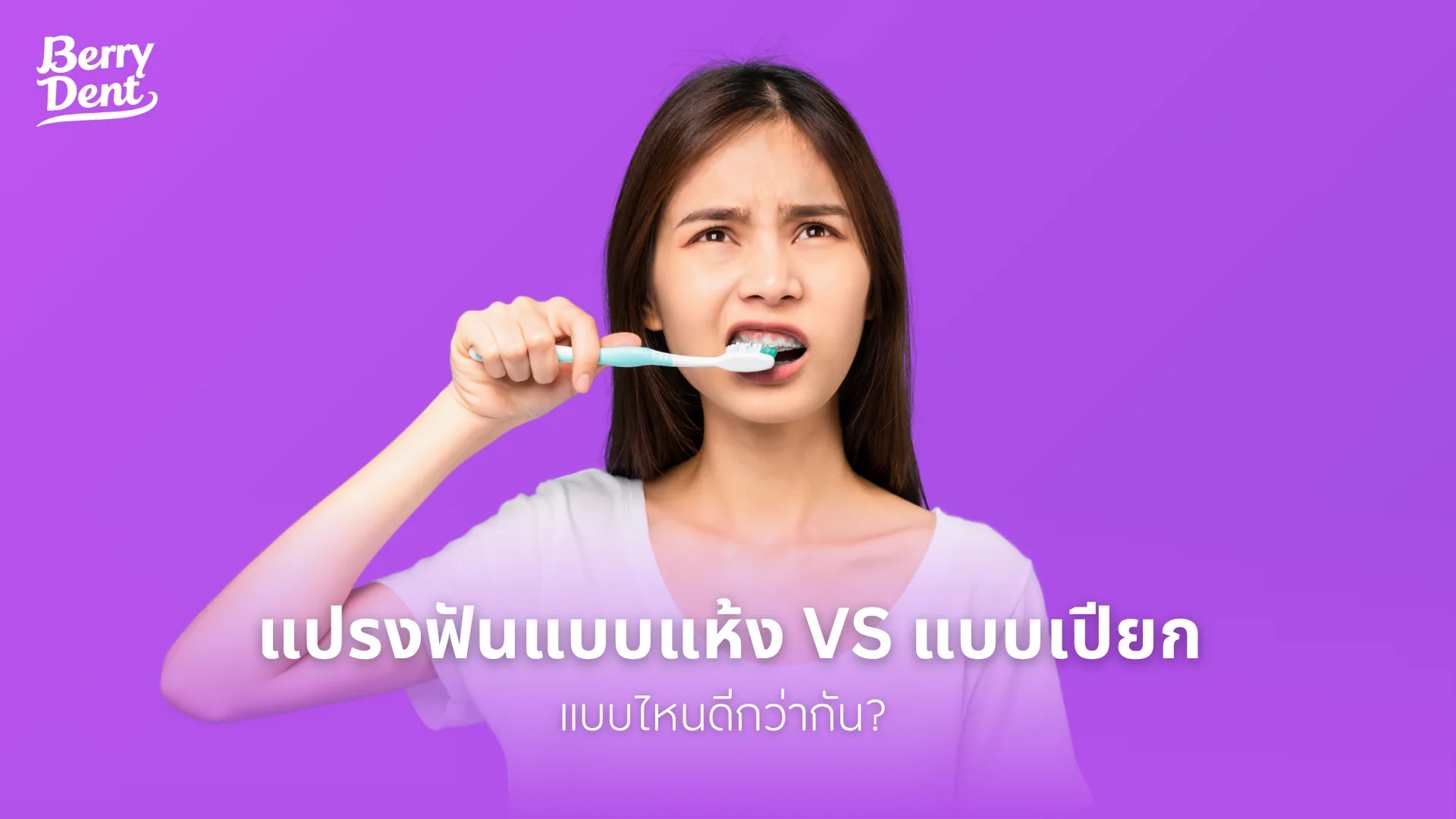Did you know that there are various methods for the daily routine of brushing your teeth? One question many people wonder about is whether dry brushing is better than wet brushing. Berry Dent takes a deep dive into the pros and cons of each brushing method, along with recommendations for good oral health.
What is Dry Brushing?
Dry brushing is the act of brushing your teeth without water. You squeeze toothpaste onto a dry toothbrush and start brushing immediately. After you’re done, you rinse your mouth with only a small amount of water. It might sound strange, but many people actually prefer this method.
What is Wet Brushing?
Wet brushing is the method we are most familiar with. It involves wetting the toothbrush, applying toothpaste, brushing as usual, and then rinsing your mouth thoroughly with water until clean.
Which One is Better?
In reality, both methods have their pros and cons, depending on personal preference and suitability. However, dry brushing is often recommended more for the following reasons:
- Less Foam: Dry brushing produces less foam, which allows the toothpaste to have more direct contact with the tooth surface for a longer period, increasing cleaning efficiency and preventing cavities better.
- Increased Fluoride Effectiveness: With more direct and prolonged contact, the fluoride in the toothpaste can fully strengthen the tooth enamel, reducing the chance of cavities.
- Reduced Enamel Wear: Some people brush too hard. Wet brushing can make enamel more prone to erosion. Dry brushing, especially when used with a fine-textured toothpaste, helps reduce friction and enamel wear.
However, dry brushing might feel unfamiliar at first and may take some time to get used to. If you feel uncomfortable, you can still use the wet brushing method. Just be sure to rinse with only a small amount of water afterward so that the fluoride in the toothpaste can continue to work effectively. Regardless of which method you choose, the most important thing is to brush correctly and consistently, covering every nook and cranny of your teeth, at least twice a day for 2 minutes each time. And don’t forget to floss daily to clean between your teeth.
For those who want comprehensive oral and dental care, we recommend Berry Dent hybrid herbal toothpaste. It perfectly blends the power of nature and science, with ingredients from natural herbs, 5 types of berries, and 1500 ppm fluoride. It deeply cleans teeth, protects the mouth with antioxidants, provides clean, white teeth, a bright smile, and long-lasting fresh breath, while also helping to balance the oral microbiome, giving you a naturally clean and fresh feeling every time you brush.


